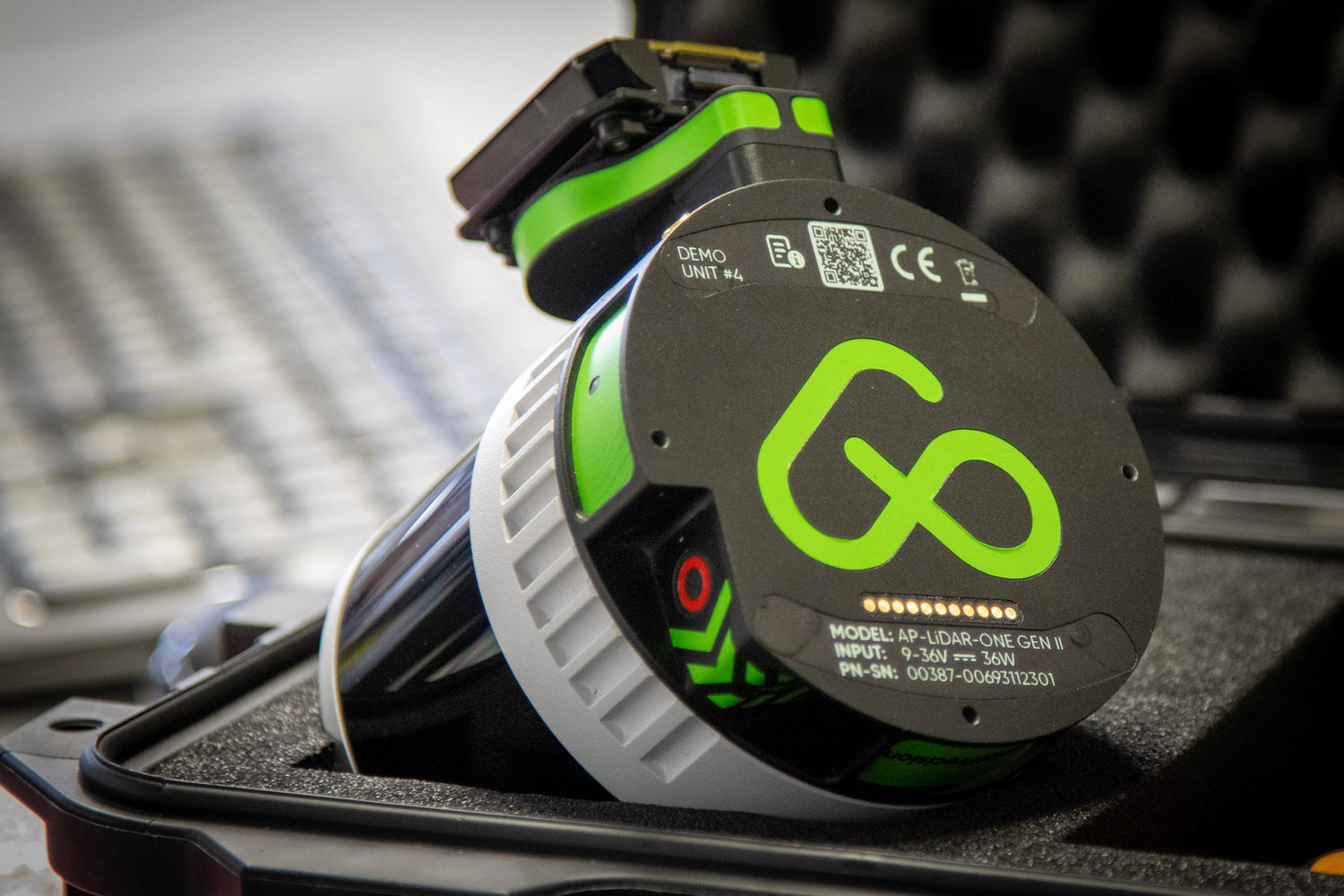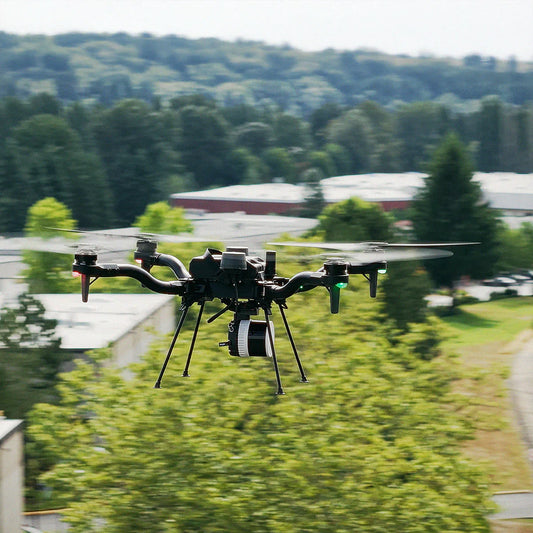
Understanding LiDAR returns: what 'Up to 5 Returns' really means
Ana Rouxinol
When evaluating a LiDAR sensor, one of the first specifications that often stands out is the number of returns it supports. Some sensors advertise "up to five returns per pulse," which at first glance appears to be a significant advantage. After all, more returns suggest more information, better detail, and greater flexibility, right?
Not quite. While multiple returns can be a powerful feature, the reality is that not all returns are created equal. In some cases, the marketing language around this feature can be misleading. In this post, we'll explore what returns actually are, why they matter, when they're useful, and why a claim of five returns might not always mean what you think it does.
What are LiDAR returns?
Every time a LiDAR sensor emits a laser pulse, it travels until it hits a surface and reflects to the sensor. That reflection is called a return. In simple situations, like scanning a flat parking lot, each pulse produces a single return. But in more complex environments, such as forests, dense vegetation, or urban infrastructure, a single laser pulse may reflect off multiple surfaces at different heights.
For example, a pulse passing through a tree might first reflect off the canopy, then the branches below, and finally the ground. Each of these reflections is registered as a separate return from the same pulse. Some sensors can detect only the first and last returns, while others can identify several intermediate returns as well.
Why are returns important?
Multiple returns help LiDAR systems capture the vertical complexity of environments. This is particularly valuable in fields such as forestry, where understanding both canopy height and ground elevation is crucial. In environmental studies, terrain modeling, utility inspection, and vegetation monitoring, multiple returns can significantly enrich the data and enable more accurate analysis.
The ability to detect more than one return per pulse enables operators to see through vegetation, separate man-made objects from natural features, and gain a better understanding of layered structures. But the quality of those returns is critical. It's not just about quantity. Clarity and reliability are equally important.
Why you should be skeptical about "5 Returns"
This is where things become more nuanced. Some sensors can indeed detect up to five returns per pulse under ideal conditions. However, what matters is how well the sensor can distinguish those returns in practice and how reliable each one is.
Lightweight LiDAR systems used on drones, especially those designed for smaller platforms, often have lower-powered lasers and reduced optical sensitivity. These factors limit their ability to generate clean, well-separated returns. While the sensor might technically support five returns, in real-world operations, the quality of those fourth or fifth returns can be poor. They may be weak, noisy, or even unusable for precise measurements.
In contrast, higher-end terrestrial or airborne LiDAR systems, designed for more stable environments and equipped with stronger optics, can deliver cleaner and more reliable multiple returns. In these cases, five good returns really do add valuable depth to the data. But when a compact drone-mounted sensor advertises the same capability, it's essential to ask what "five returns" really mean in practice. Often, the answer is more about marketing than measurable performance.
Do returns behave differently in aerial or mobile mapping?
Yes, they do. In aerial mapping, the sensor is typically mounted on a fast-moving drone, which introduces motion blur and vibration. The angle of incidence and the altitude also affect how the laser interacts with the terrain. These variables make it harder to separate close surfaces clearly, which impacts the usefulness of multiple returns.
In mobile mapping, such as mounting the sensor on a car or backpack, the platform is closer to the target. This improves signal strength and accuracy, which can help produce cleaner multiple returns. However, the geometry is different, and returns behave differently because the pulses strike surfaces more horizontally rather than vertically.
Ultimately, the context in which a LiDAR sensor operates has a significant impact on the quality and usefulness of its returns.
So, are more returns better?
Not necessarily. More returns can be useful, but only if they are reliable and relevant to the application. A well-calibrated sensor delivering two or three high-quality returns per pulse will often outperform one that promises five but delivers poor data beyond the first two.
It is also worth remembering that processing additional returns increases the volume of data collected, which may not always be beneficial. If the extra returns are of low quality or noisy, they can make classification and analysis more difficult rather than easier.
To conclude, the number of returns a LiDAR sensor claims to support should not be taken at face value. It is crucial to consider how those returns are generated, under what conditions, and how much useful information they provide.
Instead of focusing solely on the number of returns, professionals should evaluate the overall system performance, the quality of the data produced, and the reliability of the returns in real-world scenarios. In many cases, fewer high-quality returns offer more value than an inflated count that looks good on paper but delivers little in the field.




